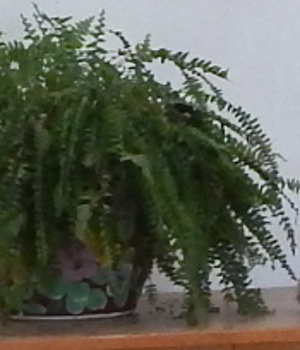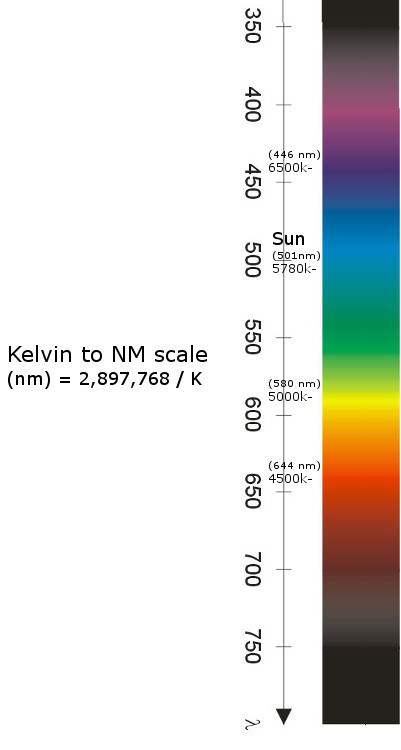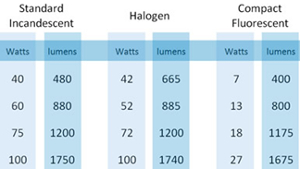 What makes up Solatube light?
What makes up Solatube light?
When I began researching Solatube light properties, there was little that I could find on the Internet, nor did Solatube have many answers.
Now, however, Solatube has some information on its site.
Solatube’s information on the quality of Solatube light begins with a discussion of UV rays. That’s because Solatube blocks out almost all UV. What Solatube fails to say is that vegetable producing plants need the UV to grow.
What is the UV and IR impact of installing Solatube?
To answer this question, we first need to understand what wavelengths of radiation are emitted through Solatube Daylighting. Solatube Daylighting utilizes two technologies to eliminate ultraviolet (UV) radiation and reduce heat from infrared (IR) wavelengths entering your building interior.
The first technology is related to the domes. Solatube acrylic outer domes have special UV inhibitors designed to block 100% of UVB (280 to 315 nanometers), 100% UVC (100 to 280 nanometers) and 98.5% UVA (315 to 400 nanometers) rays.
The second technology is related to the tubing. Spectralight® Infinity Tubing transmits the visible spectrum of light (400 to 760 nanometers). A minimal amount of the infrared spectrum of light (above 760 nanometers) is transmitted.
With this information in mind, plant growth can be addressed.
.
.
Light for Plant Growth
Three factors to consider when determining if a Solatube Daylighting System will work for plant growth:
1. The first factor is how much UV, if any, the particular plant will need for proper growth.
2. Second, the size of the daylighting system used will impact how much light the plant can obtain.
3. Solatube Daylighting removes a majority of infrared wavelengths, which reduces heat-related stress problems for plants.
“Typically plant growth occurs between 400 and 1000 nanometers. Based on this data, it would be safe to say that, in general, a Solatube Daylighting System will have a positive effect on plant growth depending on a particular plant’s UV requirements,” is Solatube’s carefully put final word on the subject.
10/27/2016 ~ Solatube is probably good for ferns, Christmas cacti, peace lilies and other plants that don’t need much light. But it doesn’t do much for plants that require significant light. The Solatube’s use of the Sunflower image is misleading!
Additionally, Solatube has NO WARNING on its boxes about how looking at the Solatube light without or before the diffuser is in place can cause cataracts.
Solar Heat Gain
“With the infrared-blocking capabilities of the Spectralight Infinity Tubing, removing greater than 50% of the heat from the IR wavelengths (>900 nanometers) of the sun with every reflection on the tube surface, the Solar Heat Gain of Solatube products is greatly reduced. This, in turn, will reduce the air conditioning load requirement for the space being daylit. These technologies allow Solatube Daylighting Systems to provide the highest light output performance with minimal thermal impact.”
UV Effect on Skin and Vitamin D Production
The different UV wavelengths affect skin in the following ways.
UVA – The lowest energy range, UVA causes little burning ordinarily, but it penetrates deeply, beyond the surface layer of the skin. Over long periods of exposure, UVA causes wrinkling and premature aging of the skin.
UVB – More energetic, the chief burning and tanning rays which are a major factor in producing skin cancer, although not penetrating beyond the skin.
UVC – The most energetic, intensely burning rays. Fortunately, UVC is mostly absorbed by the ozone layer, which essentially serves as “sunscreen” for the Earth.
Vitamin D production occurs when a compound within the skin reacts with UV rays between the 270-300 nanometers wavelengths, with peak synthesis between 295-297 nanometers. Based on this information the Solatube Daylighting Systems do not transfer the required UV for Vitamin D synthesis because it will block all of the UVB and UVC rays, which fall between the 100-315 nanometer range.
Note: The UV information in this article is specific to Solatube Daylighting Systems. Other TDD products may not provide the same performance standards.
The above is from the FAQ on Solatube’s site.
Nanometers to Kelvin
Commonly, light spectrum is measured by the Kelvin scale.
 Natural sunlight on a clear day registers at 5500 Kelvin degrees. Kelvin temperatures less than 5500 become more red and yellow and the higher the Kelvin temperature the more blue the light is. It is possible that Solatube steers away from Kelvin because Solatube focuses on being cool light. In any case, here is a chart comparing Nanometers, the large, dark numbers on the left, to Kelvin, the smaller numbers on the right, below the more precise nanometer number.
Natural sunlight on a clear day registers at 5500 Kelvin degrees. Kelvin temperatures less than 5500 become more red and yellow and the higher the Kelvin temperature the more blue the light is. It is possible that Solatube steers away from Kelvin because Solatube focuses on being cool light. In any case, here is a chart comparing Nanometers, the large, dark numbers on the left, to Kelvin, the smaller numbers on the right, below the more precise nanometer number.
Lets look at this in terms of what Solatube has said. That is:
First, Solatube blocks out most of the spectrum that is less than 400 nanometers. That is the UV rays that are blocked by sunscreens.
Second, Solatube notes that most plant growth occurs between 400 and 1000 nanometers.
Third, Solatube notes that, “A minimal amount of the infrared spectrum of light (above 760 nanometers) is transmitted by the Spectralight Infinity Tubing.”
Solatube goes on to say that its tubing removes greater than 50% of the heat from IR wavelengths (>900 nanometers) of the sun with every reflection on the tube surface.
Solatube is proud of this because reduction in Solar Heat Gain means a reduction in air conditioning costs.
A T5 daylight bulb of the flourescent variety is said to be best for most plants, and will have a color temperature of 5000-6500K.
However, in my experience I couldn’t grow lettuce using T5 bulbs, though perhaps I had the light too distant from the lettuce plants.
Here is a chart showing colors and their respective nanometers:
Violet 400-420 nm
Indigo 420-440 nm
Blue 440-490 nm
Green 490-570 nm
Yellow 570-585 nm
Orange 585-620 nm
Red 620-780 nm
How much light will Solatube® Provide?
A Solatube® Daylighting System – indeed any tubular daylighting device – works in a similar manner to a window; the brighter the day outside, the more light you receive inside. The table below shows lumen and lux levels that you can expect to receive from a Solatube® Daylighting System under UK weather conditions.

Now, lets look at the lumens you can expect to see from various types of electric light bulbs:

Clearly, you will receive brighter light from Solatube.
And, in actual fact I find this to be true. The light is very much brighter than any combination of electric lights I would have in my living room. And even though I have never used as much light in my living room as Solatube provides, I still periodically look up from work I’m doing and think, “I must shut off the lights,” thinking in terms of saving energy costs.
I love it!!!!
1/15/2017 ~ Solatube however is a failure when it comes to light sufficient to grow veggies during the winter, which is what I bought it for. I’m also disgruntled because there was no warning on the box that looking at the Solatube prior to putting the diffuser in place could cause cataracts. I now have cataracts.
